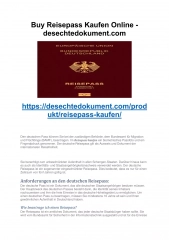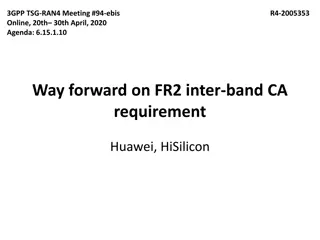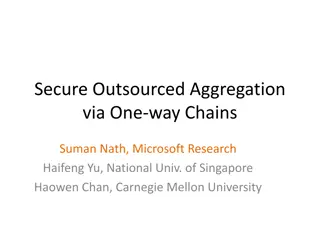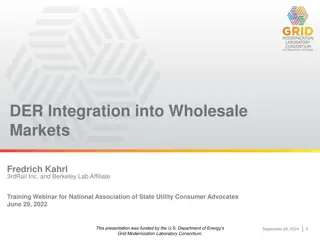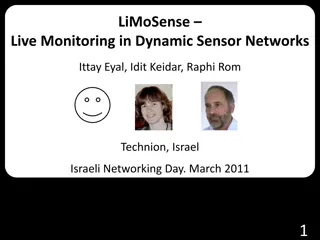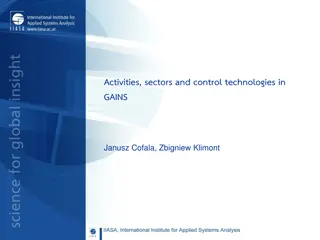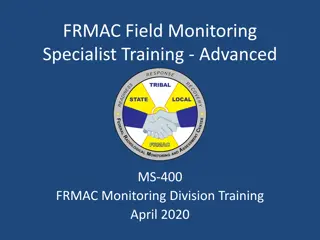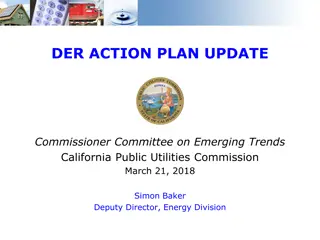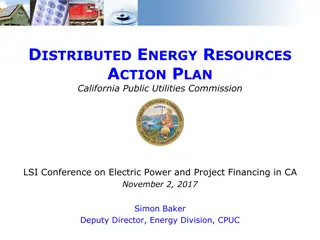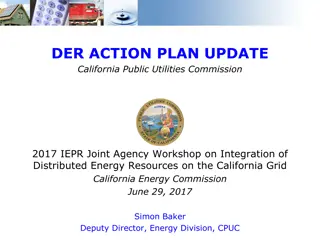DER Aggregation in Monitoring and Control Operations
In the realm of energy grid operations, DER aggregation plays a crucial role from both short and long-term perspectives, focusing on transactive energy and autonomous devices. Communication and coordination are key for successful monitoring and control, with a need for a common framework supporting a wide range of DER capabilities and services. The comparison between communication protocols highlights the evolution towards more modern, flexible, and broad-reaching standards. Understanding the anatomy of aggregation and examples like HVAC telemetry illustrate the complexities and considerations involved in efficient energy management.
Download Presentation

Please find below an Image/Link to download the presentation.
The content on the website is provided AS IS for your information and personal use only. It may not be sold, licensed, or shared on other websites without obtaining consent from the author.If you encounter any issues during the download, it is possible that the publisher has removed the file from their server.
You are allowed to download the files provided on this website for personal or commercial use, subject to the condition that they are used lawfully. All files are the property of their respective owners.
The content on the website is provided AS IS for your information and personal use only. It may not be sold, licensed, or shared on other websites without obtaining consent from the author.
E N D
Presentation Transcript
JU Grid Operations EG: Monitoring & Control A DER Aggregation Perspective Ben Hertz-Shargel VP, Analytics
Focus Near term: DER Aggregation Long term: Transactive Energy Autonomous devices 2
DER dimensions Capabilities Volt-VAR Up/down reg Load shifting Response timescale ms sec min hour Binary Discrete Continuous Granularity 3
Communication objectives Common framework for monitoring and control Bidirectional grid Require support for and compliance with Huge spectrum of DER capabilities, services Economic, control, telemetry-only participation Aggregations and hierarchical control Open, extensible standards with wide tech buy-in and knowledge base (HTTP, XML, OAuth, etc.) Universal web protocols and frameworks (TCP/IP, TLS, etc.) Future-proof information security 4
Communication comparison Modbus TCP SEP 2.0 OpenADR 2.0b Profile Specialized Open, flexible One-way, packet-based Protocol Two-way, modern web Architecture Master-slave Peer-to-peer Flexible hierarchy Buy-in Power industry Faded since 2013 Recent and broad Control, economic, telemetry Participation Control only Control, telemetry 5
Anatomy of an aggregation Aggregation Deterministic, Distributed, Continuous Load estimates Aggregation model Modeling Device model Device model Device model Stochastic, Localized, Discrete, Device data Device Device Device 6
Example: HVAC aggregation telemetry (I) Learn A/C load draw as function of inside & outside conditions High accuracy disaggregation problem A/C load model A/C load model Interval runtime Indoor temp AMI Weather 7
Example: HVAC aggregation telemetry (II) real-time telemetry Load models + real-time data Interval runtime Indoor temp A/C load model A/C load model Weather 8
Beyond meter data Lose dynamics Increased latency Visibility Closed loop Closed loop Closed loop 9
Unmetered devices Billion kWh / year1 Load Air conditioning 190 Lighting 149 Water heater 132 Electric heat 125 Refrigerator 106 Washer/dryer 68 Dishwasher 28 Represent significant loads that could participate in markets one day Monitoring and control matters 1How is energy used in US homes?, EIA, April 21, 2015 10
Takeaways Device-level telemetry Necessary for visibility into multiscale dynamics driving grid Sometimes require model reconstruction (e.g. disaggregation, advanced sampling) May only be available at aggregation level Prerequisites 1. Utility/ISO acceptance as alternative/supplement to meter data 2. Incorporation in load forecasting Energy + weather are not the only predictors of energy 3. Standardization mechanism for novel telemetry schemes 11
Thank you Ben Hertz-Shargel VP, Analytics shargel@energyhub.net 12



